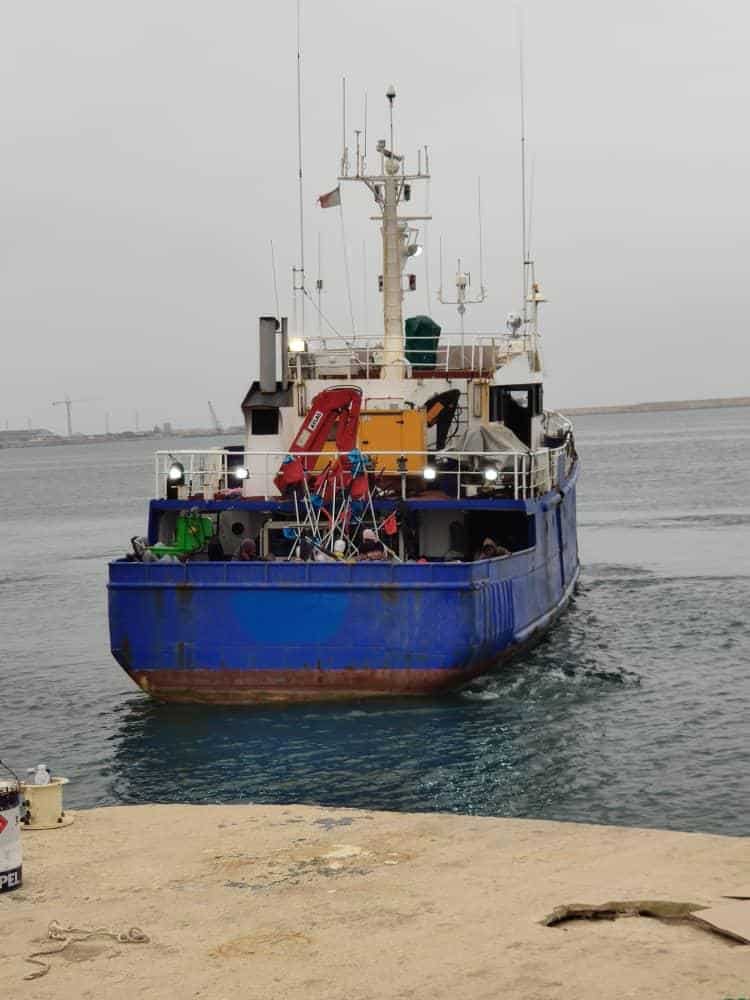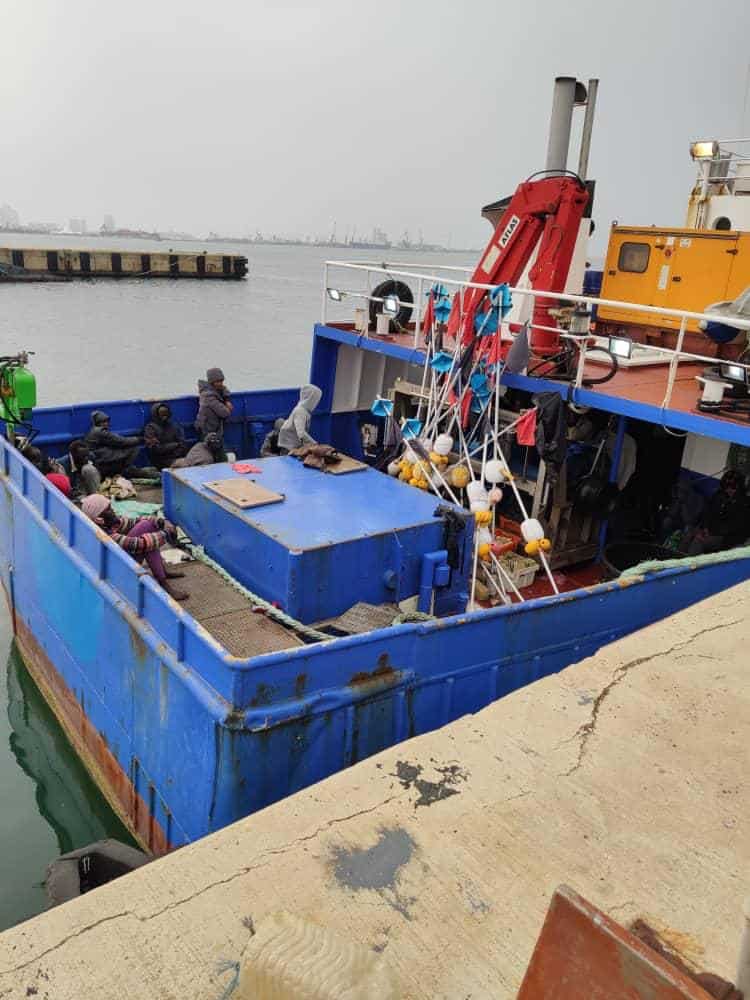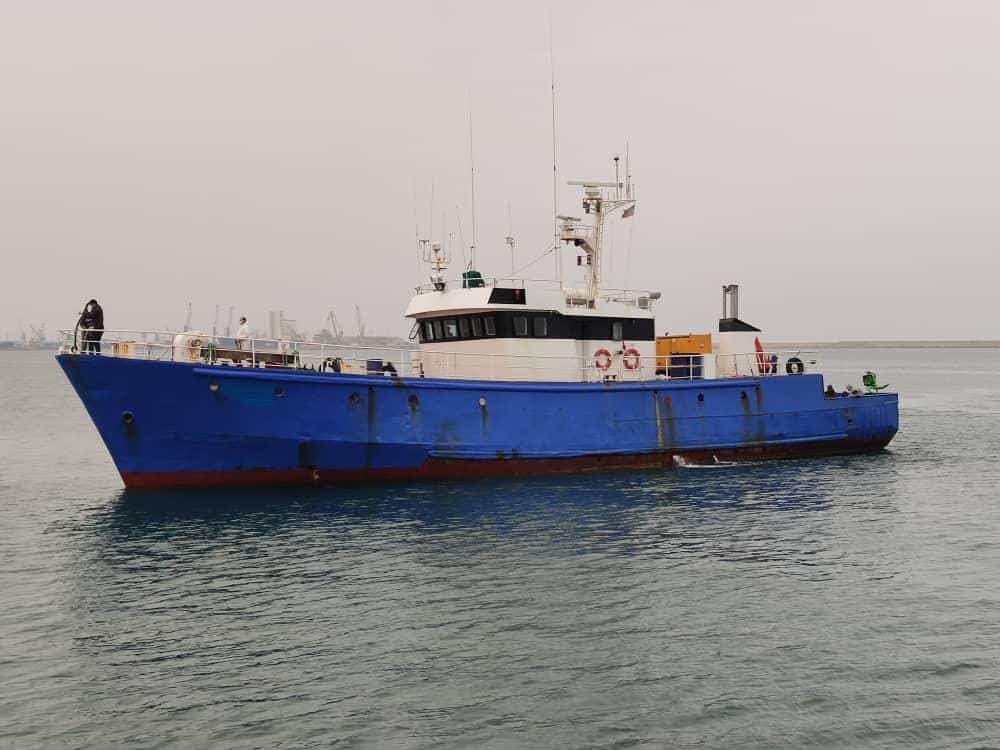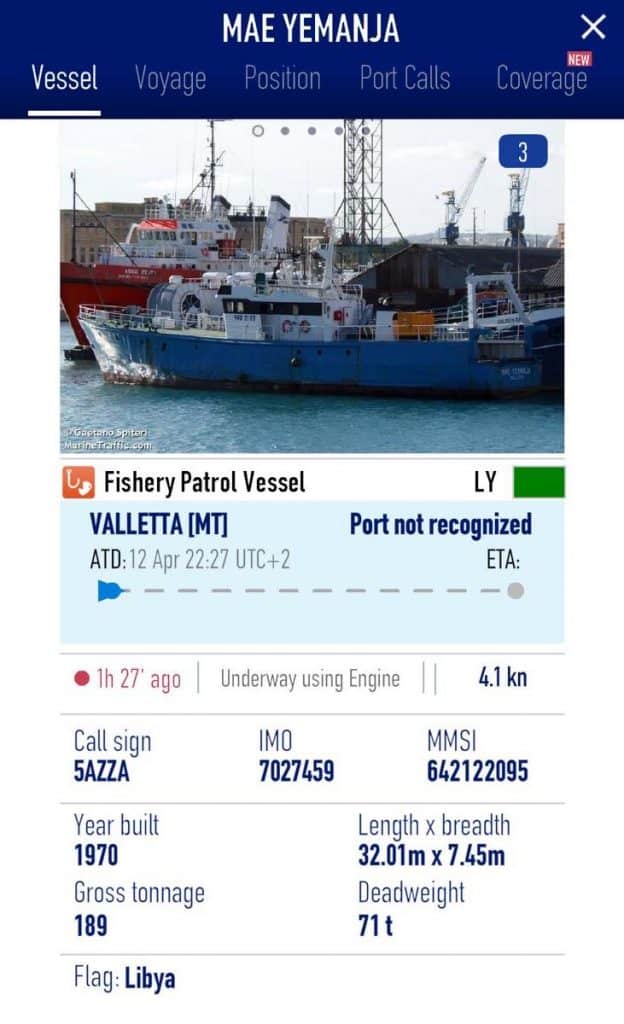After long days of silence from the government and the army that refused to respond to criticism about the handling of salvage at sea over the Easter weekend, TVM is carrying daily detailed stories providing an unofficial account of the army’s rescue operations during that time. TVM says it is “investigating” the matter but the material appears to be dictated by people looking to shape the ongoing criminal inquiries to their will.
Although a large ship that was used to provide shelter during the salvage operation is identified and named by TVM, the private boats that actually took the migrants back to Libya are not named at all. The incident refers to a boat originally carrying 55 people, of which 5 people are known to have died and 7 were lost at sea. That incident is now subject to an inquiry that is evaluating the decisions taken by the prime minister and the chief of the army.
It is significant that these “informed sources” are only speaking of this information now, 9 days after the events.
These photos were taken in Tripoli on Thursday 16 April when the survivors landed at the Abu Sitta military base in Tripoli.



In spite of its effort to hide its true identity, the boat has been identified as the Mae Yemanja that presently flies the Libyan flag. It is sometimes identified as the Dar al Salam 1. Over the Easter weekend the Mae Yemenja was in Marsa at Malta’s Grand Harbour. According to a reconstruction of events, the Mae Yemenja left Valletta on Monday evening and switched off its tracker as it sailed towards the dinghy in distress where it conducted the “salvage” operation between Tuesday and Wednesday.

By then 12 people had died. The location of the dinghy had been noticed by Malta’s military on Monday evening and a notification of their sighting was sent out by Malta’s navigational control system.

Though the Mae Yemenja, when she admits its identity, now flies a Libyan flag, this wasn’t always so. Until recently it was a Maltese-registered boat. Maltese Court records from 2018 show that the Mae Yemenja was owned and operated by a Charles Grech. In 2018 an appeals court confirmed a lower court’s decision to acquit him of smuggling charges after customs raids on the Mae Yemenja.
The boat was still owned and piloted by Charles Grech in 2019 when in his own name and in the name of his company Gulf Fisheries Limited he sued the customs authorities claiming compensation for his costs after customs confiscated his cargo of imported cigarettes.
Although Charles Grech dodged the smuggling charges of 2018 he had another adventure in Libya in 2015 when he was held in that country for almost a month after he was arrested at Labrak airport when he was caught carrying €300,000 in cash. A Times of Malta report from the time says “the Libyan authorities were poised to press charges of smuggling against Mr Grech but later had a change of heart”. A The Malta Independent editorial from a few days after his release however says that The Times of Malta’s reports were speculative, merely “allegations that endangered Mr Grech’s position.”
Now that the Mae Yemenja flies a Libyan flag, and given the administrative chaos in that country, it is unclear whether the boat still belongs to Charles Grech at all.
The drip feeding from the “informed sources” belonging to TVM are being selective with the information they are giving. There are many more questions that need answering.
Why did this boat need to remove its name and details?
Who does the boat belong to?
How much was it paid and what was it contracted by the Maltese government to do?
Did the government merely order salvage or was the boat engaged to push the migrants back to Libya?
Why wasn’t this information provided by the government before now?
What was the boat doing in Malta before this salvage operation started?
Why did the ship sail into a military base?
Why did it choose Tripoli as its destination when the harbour had been declared unsafe by the Tripoli government?
Why did the boat turn its tracker off for a long stretch of the time between its departure from Valletta and its arrival from Tripoli?